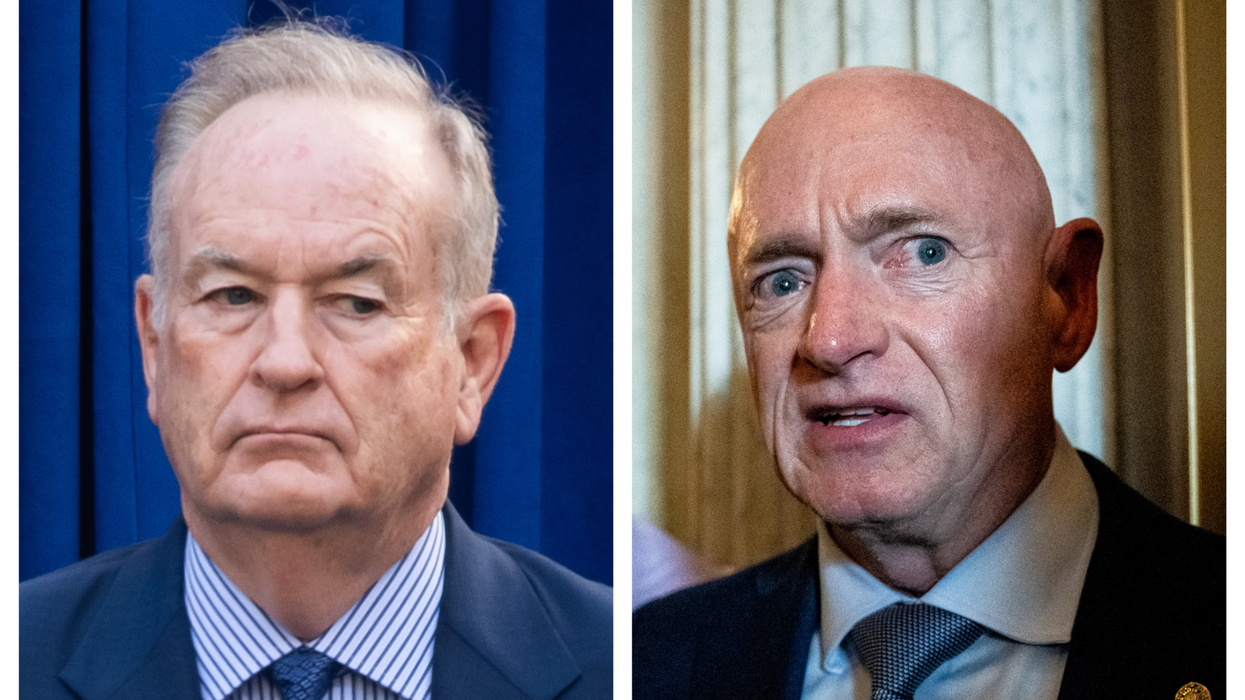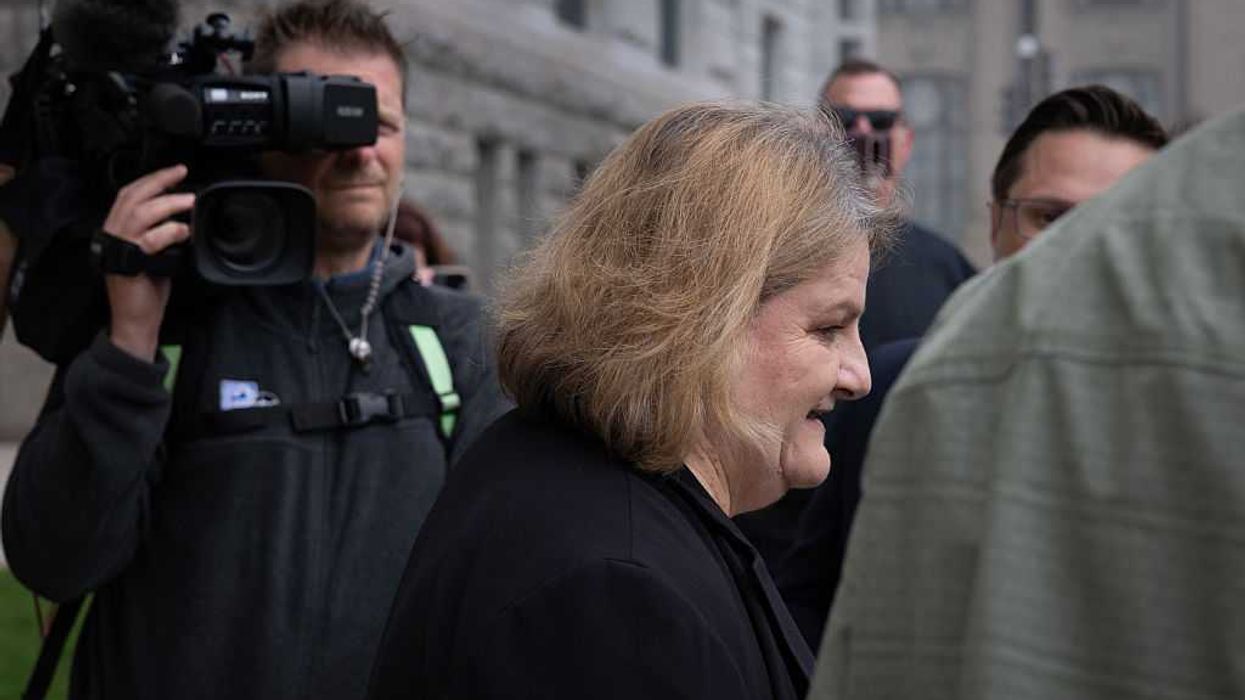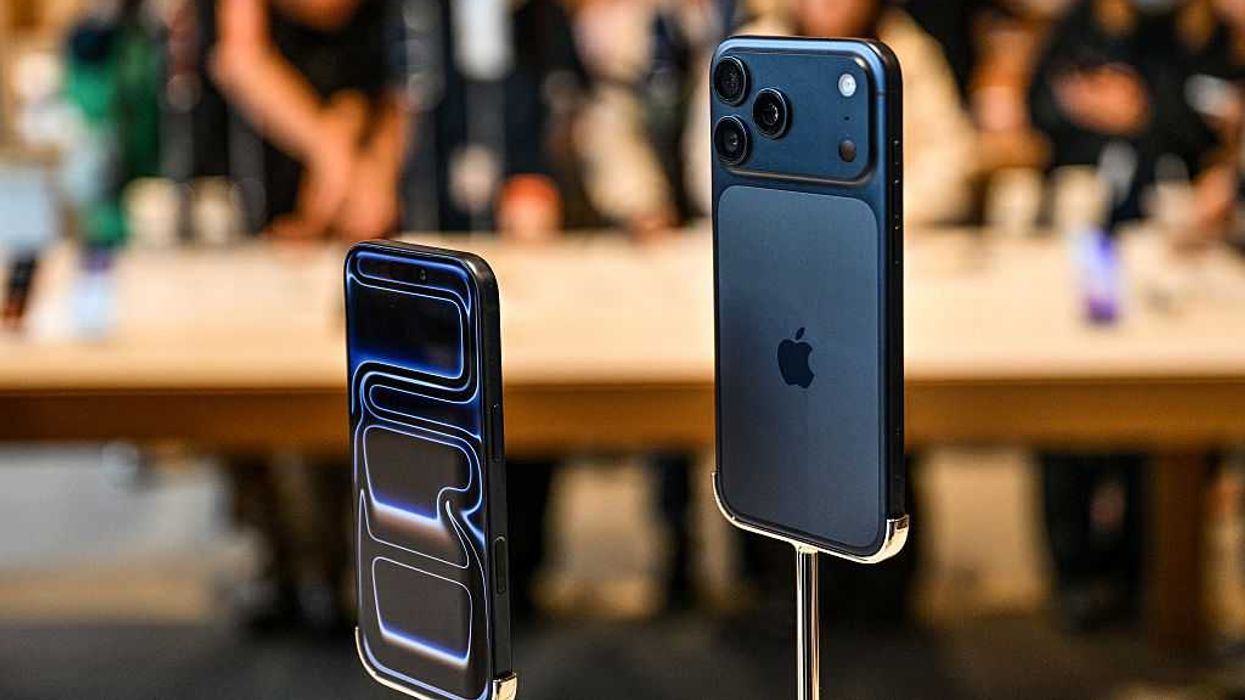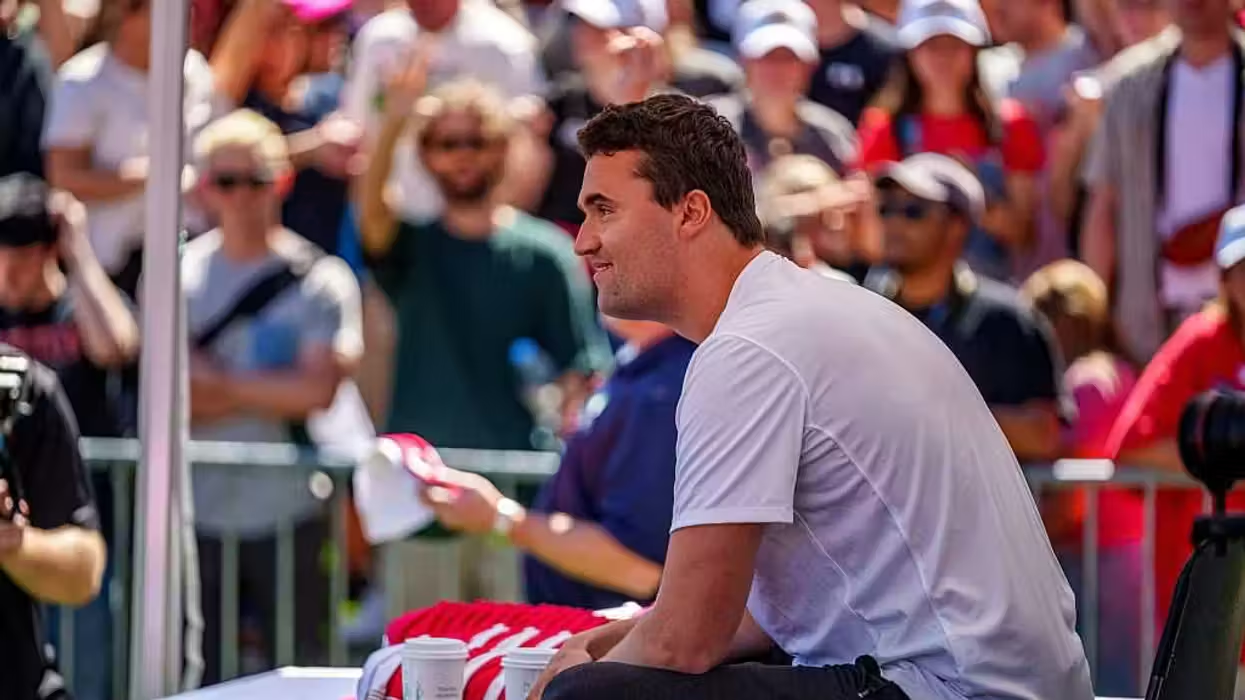Almost before the embers had cooled in the attack on the U.S. consulate in Benghazi, Libya that took the lives of Ambassador Christopher Stevens and three other staffers, suspicion centered on Ansar al Sharia and the Omar Abdul Rahman Brigades, two North African radical Islamist factions loosely affiliated with al Qaeda. One of those groups is most likely the perpetrator, but we need to at least consider other possibilities.
A few facts are clear: The assault was not a spontaneous demonstration in response to the notorious video mocking the Prophet Mohammad—a demonstration that simply spiraled out of control. Even the nasty, but less violent, demonstrations in Egypt, Iraq, Yemen, and other Muslim countries do not fully fit that description, and the Libya attack was fundamentally different from all of those other incidents. The assault in Benghazi had all the earmarks of a well-planned, well-coordinated, professional military operation.
It is possible that either Ansar al Sharia or the Abdul Rahman Brigades had the capability to carry out such a sophisticated attack, but another faction was even more capable: former security personnel from Muammar Qaddafi’s regime. And that group had a strong motive for assassinating Ambassador Stevens: He had been the U.S. envoy to rebel groups in Libya, helping to coordinate U.S. and NATO aid to the insurgents who eventually overthrew Qaddafi. “As the conflict in Libya unfolded, Chris was one of the first Americans on the ground in Benghazi,” Secretary of State Hillary Clinton confirmed on Wednesday. Indeed, one report asserted that he had “wrangled a ride on a Greek cargo ship” early in the conflict to get into Benghazi, the initial rebel stronghold.
Pro-Qaddafi elements were undoubtedly aware of his none-too-subtle role in the revolution. The attack on the consulate could have been payback. Indeed, Libya’s ambassador to the United States, Ali Aujali, insisted that his government had intelligence that “Qaddafi’s associates” were involved in the attack. It is tempting to summarily dismiss that thesis, since the new Libyan government is prone to blame every unpleasant development on remnants of Qaddafi’s regime, much as Iraqi and U.S. officials had the lazy habit of blaming all attacks during the first few years of the U.S.-led occupation of Iraq on “Saddam dead-enders.”
But it’s possible that the Libyan ambassador could be right in this case. As I’ve written elsewhere, Libya is a deeply divided tribal society, with the main political fissure running north-south roughly through the middle of the country. Eastern tribes dominated the revolution (and previous unsuccessful rebellions against Qaddafi), while western tribes were the bulk of his supporters. Qaddafi’s death did not erase those divisions, and opponents of the new regime had ample reason to hate Stevens as an architect of their new, inferior status.
Although Islamic extremists were the most likely perpetrators of the attack and assassination, we should not be blind to other possibilities. Libya is a turbulent snake pit into which the United States has wandered. There are a lot of nasty actors—and more than one suspect in the consulate murders.






